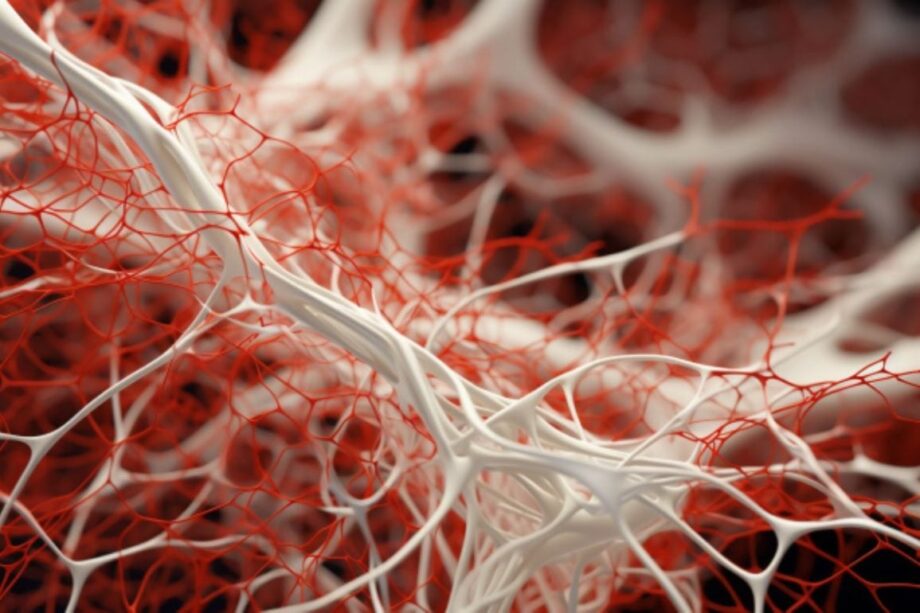Contemporary neuroscience relies on 3D models to explore neural circuitry, regeneration, and disorders. Among various biofabrication methods, 3D bioprinting shows promise as a high-throughput solution for 3D neural models. We delve into the key principles of neural tissue engineering and the primary challenge of developing neural bioink. This review also covers 3D bioprinting advancements and the evaluation techniques for neural models. In the introduction, we highlight the importance of 3D in vitro neural models in understanding the human nervous system and their potential applications in regenerative medicine.
Progress in understanding the human nervous system and elucidating the mechanisms of mental disorders is limited due to restricted access to functioning human brain tissues. Thus, 3D in vitro neural models have gained prominence in neuroscience, aiding the study of neural circuitry, regeneration, and diseases. These models offer insights into brain development, therapeutic solutions, and cost-effective drug discovery. Ultimately, they may better represent the human neural system and find utility in regenerative medicine.Source NCBI

